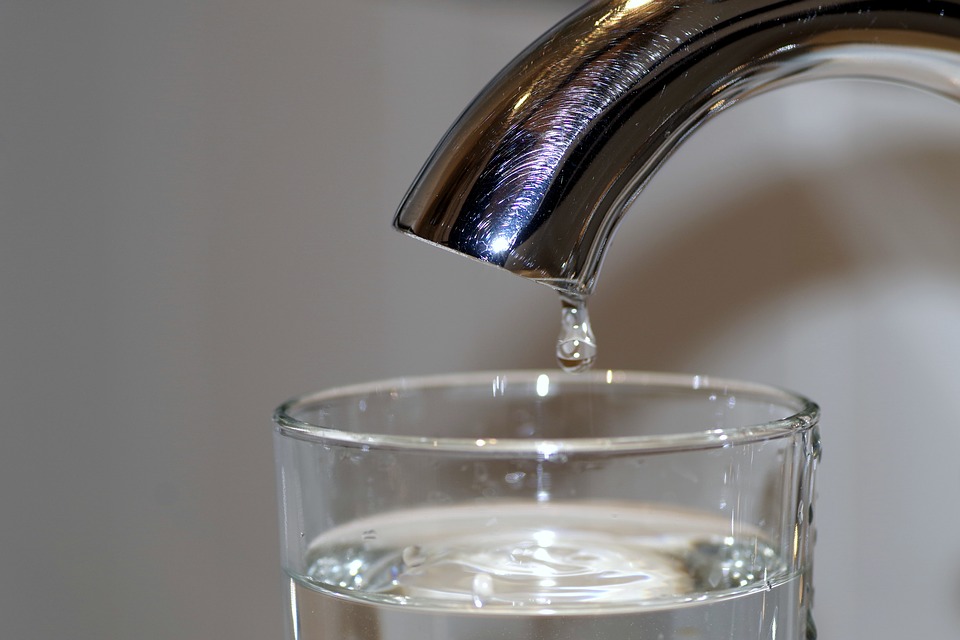Vacuum breakers are an essential part of the process when protecting our water. Commonly referred to as a backflow preventer, a vacuum breaker is an attachment that prevents the contamination of a water system.
What is Water Contamination?
Water contamination can occur from backflow. Backflow is when water flows in the opposite direction than it should. If the direction of its flow is reversed from a change in pressure, backflow can cause contamination in a water system. This is one of the reasons that drinking-water systems can become hazardous to one’s health.
Another reason for water contamination occurs when a cross-connection exists. This happens when a plumbing system is constructed so that any non-drinkable water can potentially enter the piping system that is designated for safe drinking.
Backflow can easily be avoided. With the correct plumbing installations, water contamination is not a concern.

What Is a Breaker?
A vacuum breaker is simply an attachment that prevents water from being siphoned backward into the water system. Breakers make public water supply systems clean and safe to drink from.
Typically a breaker consists of a small plastic disc that is pressed forward from the pressure of a water supply system. The breaker covers small vent holes so that if the supply pressure drops, the disc will then automatically open the holes, thus preventing any possible backflow.
Pressure vacuum breakers, also known as PVB, are among some of the most common backflow preventers for a typical water system. This type of breaker is relatively simple in its design and does not take long to install. The main parts include two test cocks, a check valve and an outlet shutoff valve. In addition to the ease of repair and maintenance, pressure vacuum breakers are an inexpensive way to prevent water contamination in a drinking water supply system.
How Does a Vacuum Breaker Work?
By creating an air gap between a possible source of contamination and the plumbing system, a breaker can protect the water supply. The breaker is made up of a variety of parts. The check valve member, air vent and hose are all implemented to fight possible water contamination.
Maintenance Requirements
A breaker requires very little maintenance to do its job. Depending on the manufacturer, for the best possible use of a breaker it is recommended that the internal components be replaced every five years. This can prevent any sort of damage that may be caused over the regular use of a water supply system.
Protecting a pressure breaker from the cold is extremely important. Mild winter temperatures may be fine, but it’s best for a pressure breaker to avoid freezing conditions. If a pressure breaker is not drained properly prior to freezing temperatures, the internal parts may run the risk of cracking or even breaking.
A vacuum breaker is vital to any water system. To keep drinking water safe by preventing any possible contamination, it’s crucial to stop backflow from happening. From mop bucket sinks to commercial dishwasher lines, these breakers are commonly used to protect our health from bacteria and hazardous chemicals.
If you’re looking for experienced plumbers in the Savannah area, contact us today!

